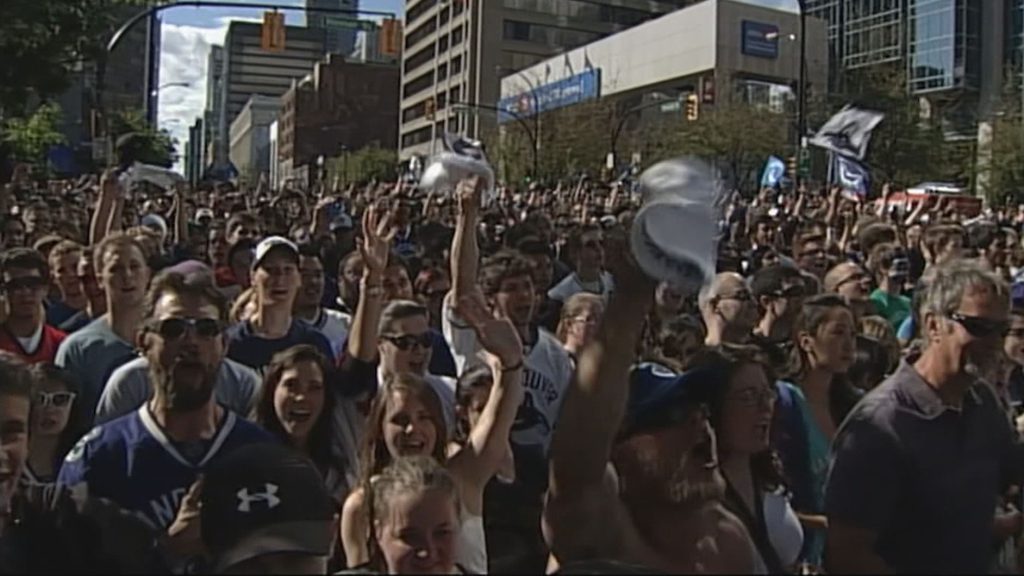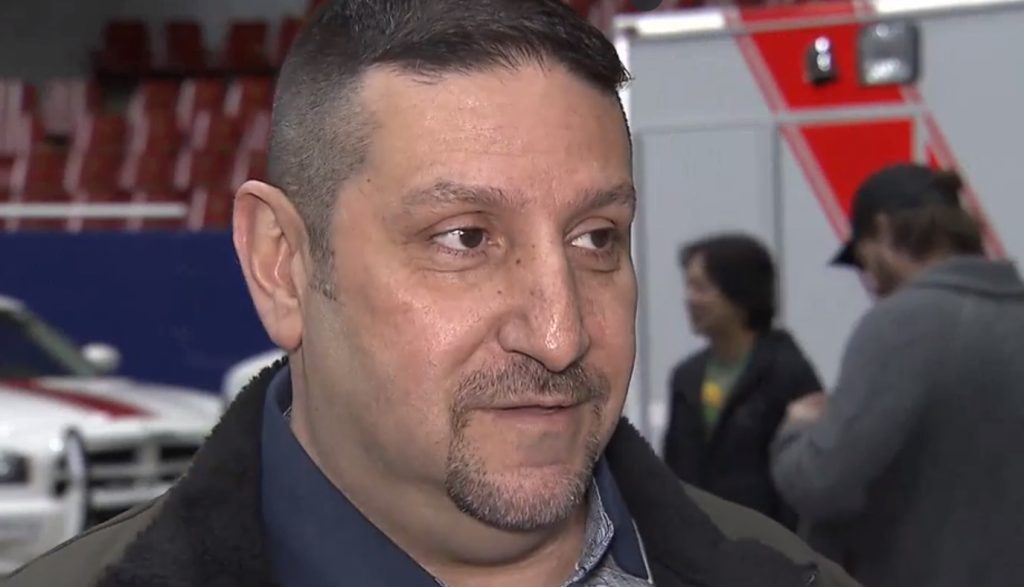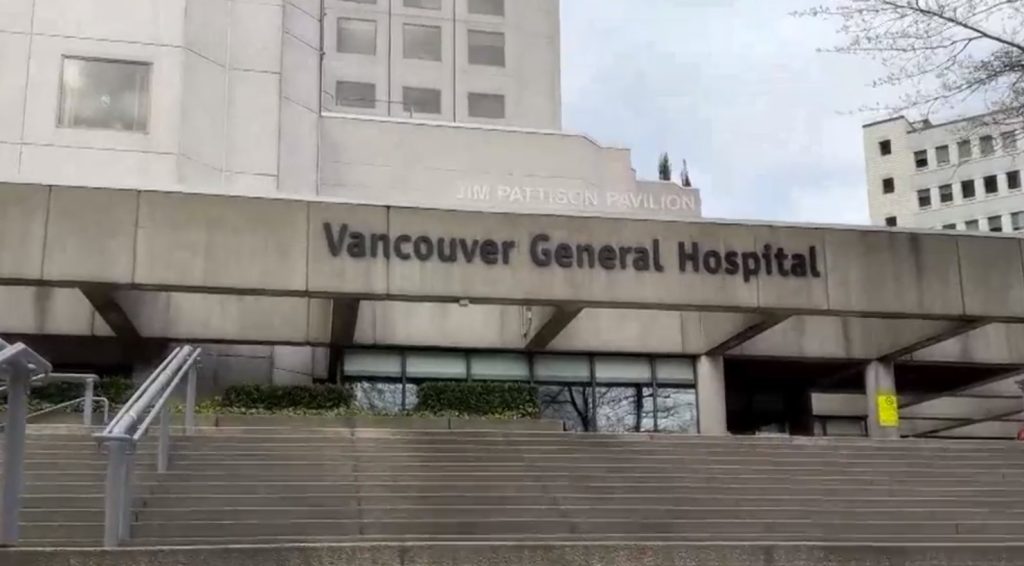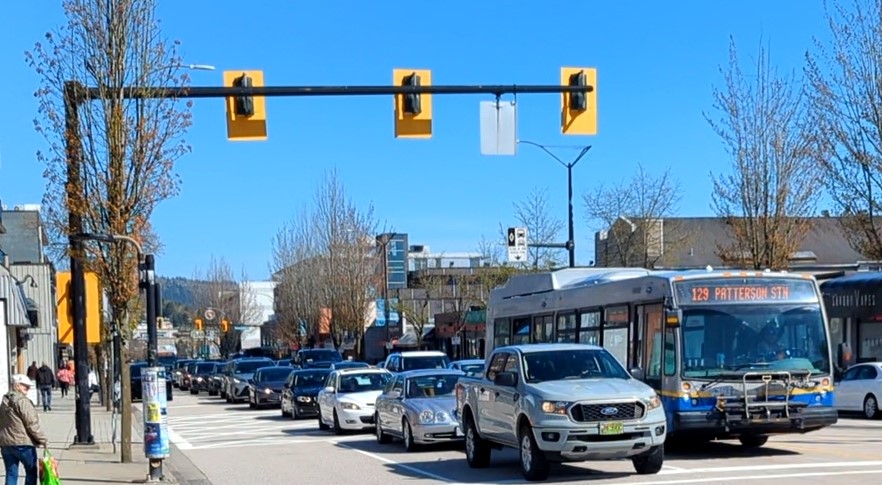Jazz Fest kicks off as big-name acts and homegrown performers tune it up
Posted April 27, 2012 5:40 pm.
This article is more than 5 years old.
NEW ORLEANS – Music fans poured through the gates at Friday’s start of the New Orleans Jazz and Heritage Festival, staking out spots to catch performances by The Beach Boys, Steel Pulse and Irma Thomas, who is performing a tribute to gospel great Mahalia Jackson.
At the Fais-Do-Do stage, the air filled with sounds of Cajun fiddles and spoons scraping across washboards as Goldman Thibodeaux & the Lawtell Playboys entertained the early-birds. His traditional Creole songs, some performed in French, kept Leona Gard of Metairie, La., dancing with a wide smile.
“They’re a nice warm-up, before the faster music comes,” said Gard, 65, as she danced a slow-zydeco step to Thibodeaux’s engaging tunes.
Gard, who’s been a fest-junkie since 1976, said Thibodeaux and the Playboys are one of the few groups that still offer an old-school sound not often heard.
“They set the pace for others like Geno Delafose,” she said. “Come back and see the crowd when he plays. Everyone will be on their feet dancing.”
The festival known simply as Jazz Fest spans two weekends, Friday through Sunday and May 3-6. This year’s lineup includes mostly Louisiana acts accented with national headliners such as Bon Iver, the Beach Boys, the Eagles, Tom Petty and the Heartbreakers, Cee Lo Green, Ne-Yo, Bruce Springsteen and Jimmy Buffett.
Though Jazz Fest has boomed in diversity and popularity in its 40-plus year history, Cajun fiddler and singer Michael Doucet says it’s still the best festival for homegrown Louisiana music like his.
“The festival has evolved, but it’s a great thing that The Boss is playing here,” said Doucet, front man for BeauSoliel, which performs Friday. “It’s an opportunity to catch music that’s familiar, music that you’re used to hearing at Jazz Fest, but then have the opportunity to hear something new and different.”
Doucet, who has performed at almost every Jazz Fest since the mid-1970s, said it was one of the first major festivals to showcase Cajun and zydeco music. Before the 1970s, music fans often had to travel to small Cajun towns like Eunice, La., or to the city of Lafayette to hear such music, he said.
Jesse Simon and Moira Foehr, both of New York, said the Creole music is what drew them to the festival.
“It’s not something we normally hear or are used to hearing,” said Simon, who’s been to New Orleans before but not to the festival.
Foehr, another festival newbie, said Simon was in charge of their trip’s music itinerary, when asked which acts they were interested in seeing. On their agenda, he said, were Bon Iver, “anybody in the Blues Tent,” Trombone Shorty and Tom Petty and the Heartbreakers, whose performance will close the festival on Saturday.
“The fest is absolutely a draw for music lovers,” he said.
As a brass band played on the Jazz and Heritage stage, some in the crowd were dancing with hula-hoops and waving flags and umbrellas.
Trombone Shorty, whose real name is Troy Andrews, is the subject of this year’s official Jazz Fest poster. He said the festival showcases New Orleans’ music scene beyond the stage with Mardi Gras Indian performances and second-line parades.
“It’s a great situation for people to enjoy the New Orleans culture,” Andrews said. “Sometimes when a tourist comes to town, they may not have a Sunday afternoon where they can go check out Rebirth at a parade but they can still check out some brass bands here. We try to bring everything into the festival, and it’s just a great opportunity for everyone.”
Elizabeth Hart, attending the festival with her husband Doug, watched Thibodeaux’s performance and the couples dancing as she tapped and swayed to the beat.
“It’s just so unique,” said Hart, of High Park, N.Y, of the songs. “We’ve been to New Orleans often, but never to the festival. It’s a great event, very well organized.”
Proceeds from the festival benefit the non-profit New Orleans Jazz and Heritage Foundation, which works to fulfil the festival’s grass-roots mission to stimulate the music culture in Louisiana and reinvest in the community with music education programs, said Don Marshall, the foundation’s director.
In its humble beginnings, the festival featured only a handful of acts and drew only about 350 people to Congo Square. Now, more than 40 years later, a festival horde packs the Fair Grounds Race Course. There are 12 music stages and countless other presentation areas for cultural demonstrations, including exhibitions by Native Americans and cooking demonstrations by some of the area’s renowned chefs. In recent years, the festival has drawn nearly 400,000 visitors over the course of the two weekends.
The festival’s growth has allowed the foundation to provide $500,000 in grants each year to other non-profit organizations supporting the arts, as well as to writers, artists, photographers, filmmakers and education programs.
“I haven’t seen another model like this anywhere,” Marshall said. “This festival has grown to the point where we’re able to generate revenue that allows us to establish free music education programs, housing initiatives and lecture series. One of the best things we do is the grant program.”
Before Hurricane Katrina in 2005, Marshall said, the foundation offered roughly $100,000 in grant money every other year. But with the need for music and cultural redevelopment so strong after the storm, the foundation restructured its grant program to make more money available.
“We’re really committed to keeping the culture alive, and we believe helping musicians and all artists is pivotal in making that happen,” Marshall said.










